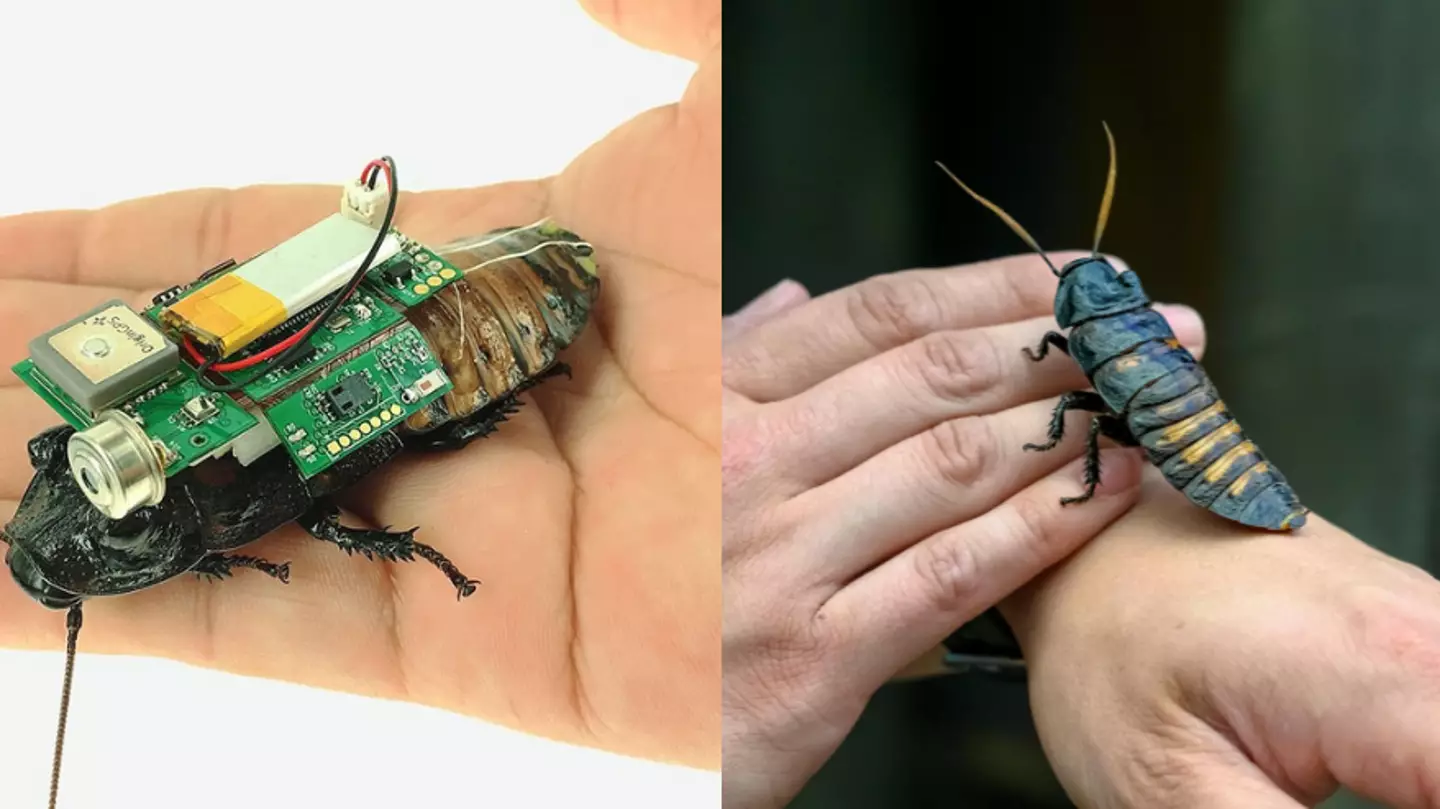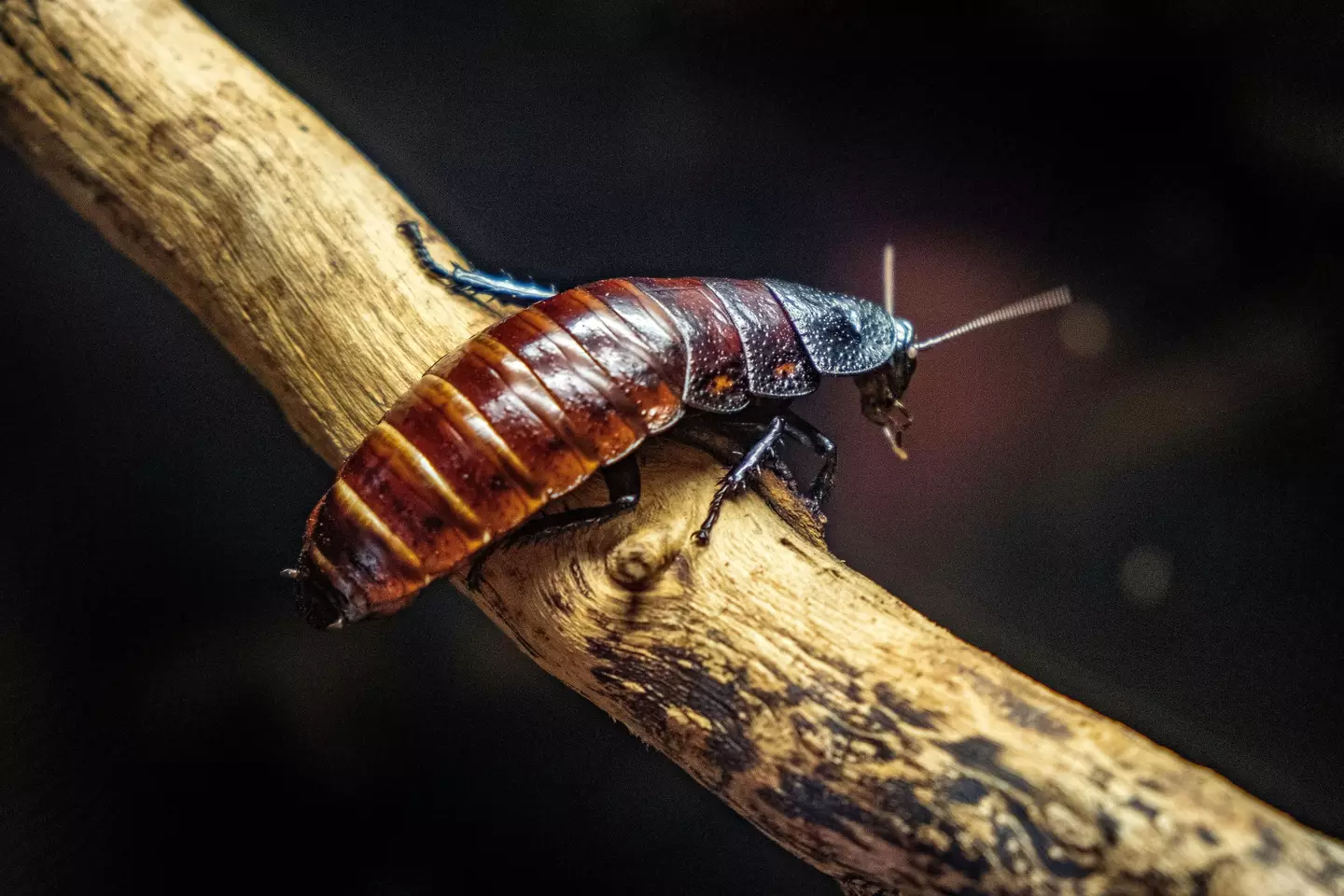
A group of researchers has developed a robotised roach to help search collapsed buildings for survivors - in what may be the only time you would be thankful to wake up to a roach lying on top of you.
Dr Hirotaka Sato from Nanyang Technological University in Singapore has been working on cyber insects for 15 years, taking the work nature has already done and enhancing it, rather than building a drone from scratch.
Dr Sato has created an innovative way to adapt Madagascan hissing cockroaches and make them autonomous agents for searching through rubble for signs of life.

Advert
The insects are 6 cm long, and rather than their movements being dictated by remote controls, they are being controlled by algorithms that detect life and respond to sensors in their backpacks.
These backpacks that Dr Sato and his team have designed contain a communication chip, a carbon dioxide sensor, a motion sensor, an infrared camera, and a battery.
With these roaches well equipped to save the day, fleets of them will be released through the rubble, using their tiny frame to get into hard to reach places that humans and larger animals would struggle to reach.
Their backpacks look for movement, body heat, and elevated CO2 levels, with the artificial intelligence deciding whether the presence of a person is detected, before alerting the rescuer.
Tests were conducted in a simulated disaster area, with Dr Sato’s team laying out concrete blocks of various sizes over an area of 25 square metres.
In order to throw off the roaches, not only were several people laid out among the rubble, but decoys such as a heat lamp, a microwave, and a laptop were spread out amongst the decay as well.
Advert
By the end of the experiment, these roaches had correctly recognised people 87 per cent of the time.
Dr Sato believes through further testing and enhancement, the production of these backpacks and automation of attaching them to insects could be commercialised within five years.
So next time you go to slap down a shoe on that roaming roach, just consider they could be saving your life in the future.
Topics: Animals